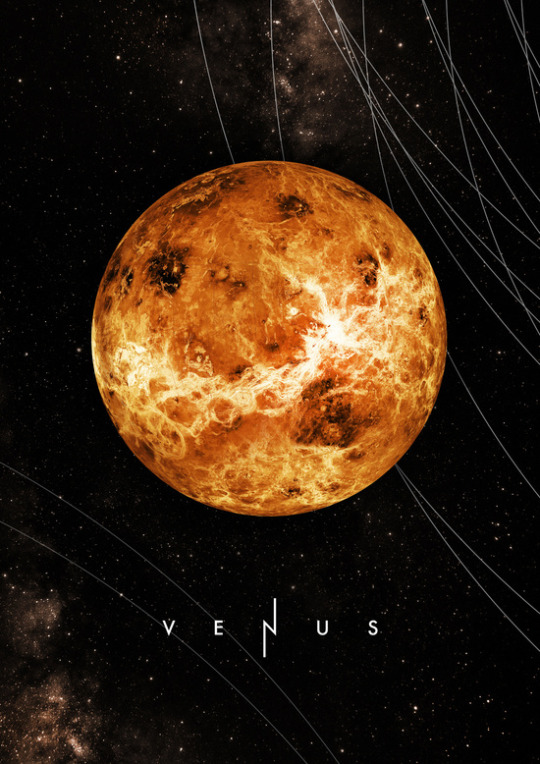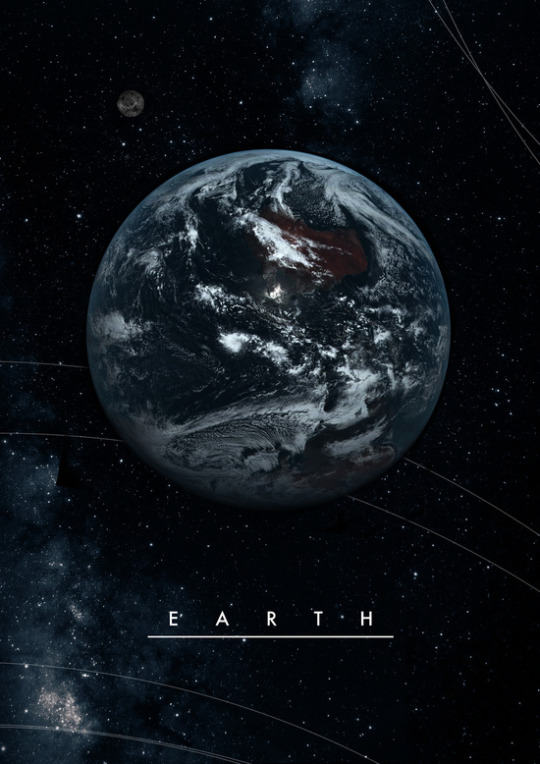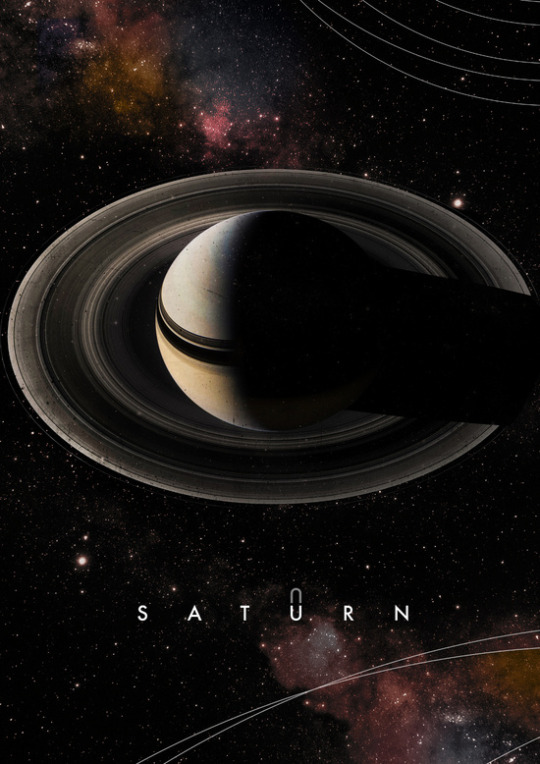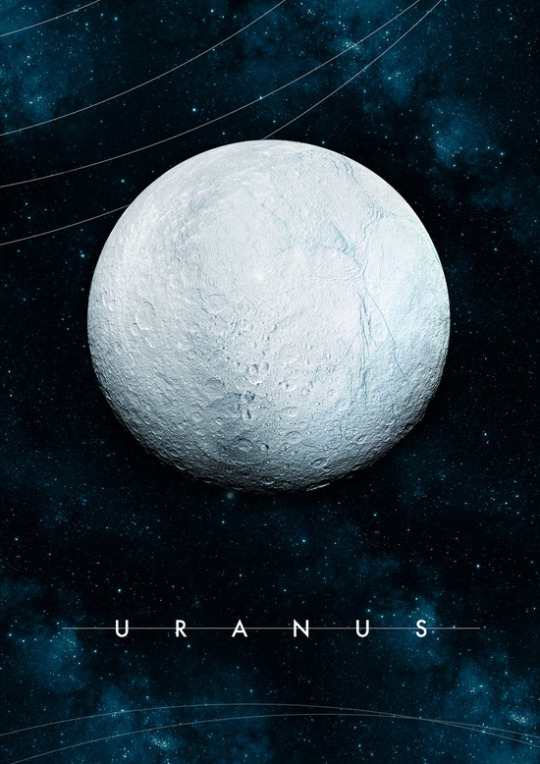Photo

Brain integrates features directly to patterns
Does our brain perceive objects initially as a conglomeration of shapes, colours and patterns or does it instantly recognise the entire structure? An article by RUB philosopher Prof Dr Albert Newen provides the answer.
A laptop or a cluster of shapes?
There is a thing on the desk. It is open, grey on the outside and black on the inside, has many small square bumps on its horizontal side, and on its vertical side a smooth, reflecting surface. A laptop. But do we really see that thing as a laptop? Or do we see shapes, colours, edges etc., while our brain completes our perception by making use of rational inferences to reach the conclusion that the thing is a laptop? In other words: how intelligent are our perception processes? Prof Dr Albert Newen from the Institute for Philosophy II investigates this question in his latest article which was published in the journal “Synthese”.
Features produce a pattern
His conclusion: our perception processes are organised in such a manner that they can construct complex contents. Accordingly, we do not initially perceive a laptop as a conglomeration of shapes and colours, but instantly see it as the object that it is. Newen’s explanation: the lack of certain features in a drawing, for example, does not prevent us from seeing the item. During the perception process, our brain is able to integrate a few typical features to a complex pattern. “This takes place immediately when the object is spotted. Consequently, if an individual is trained in recognising patterns, their perceptions may become richer and richer,” says Newen. A chess expert would see the chessboard in a different way than a beginner, because he activates relevant structured patterns automatically as background knowledge, and that knowledge affects the perception process. This also takes place during social perception of other people.
Perception of complex patterns makes evolutionary sense
But where is the evidence that we actually see complex contents as such and that they are not merely an element of our linguistic judgement? Newen: “Perceiving certain contents is of such vital evolutionary importance for us that it is even present in infants who lack concept formation and language.” Such contents include emotions such as fear and anger. The ability to quickly perceive emotion patterns based on the facial expression and body language of another person is crucial for social animals like humans. Prof Newen described further evidence indicating that complex contents are perceived as such in neuroscientific studies. “The structure and speed of information processing suggest that they are aspects of perception rather than aspects of a judgment,” concludes the philosophy professor.
305 notes
·
View notes
Photo






Greatness
Greatness is a code-based generative lyrics video I directed and programmed for the track Greatness by Karma Fields featuring Talib Kweli. The entire lyrics video consists of multiple variations of a customized generative system programmed using Processing.
The system is developed from the one earlier used to produce visuals for Skyline, still retaining Voronoi tessellation as its core element. Ricard Marxer Piñón‘s Geomerative lib is also used for getting vertices data of the typeface.
vimeo
944 notes
·
View notes
Photo




Art + Tech Music Videos 2015
Youtube playlist by Rob Walker aka @murketing features a great selection of music videos which explore the field of art and technology:
youtube
Link
521 notes
·
View notes
Photo

Novel microprocessor chip uses light instead of electricity to efficiently transfer data
Researchers at the University of Colorado Boulder, in collaboration with the University of California, Berkeley and the Massachusetts Institute of Technology (MIT), have developed a groundbreaking microprocessor chip that uses light, rather than electricity, to transfer data at rapid speeds while consuming minute amounts of energy.
Details of the new technology, which could pave the way for faster, more powerful computing systems and network infrastructure, were published today in the journal Nature.
“Light based integrated circuits could lead to radical changes in computing and network chip architecture in applications ranging from smartphones to supercomputers to large data centers, something computer architects have already begun work on in anticipation of the arrival of this technology,” said Miloš Popović, an assistant professor in CU-Boulder’s Department of Electrical, Computer, and Energy Engineering and a co-corresponding author of the study.
READ MORE ON UNIVERSITY OF COLORADO
Ref: Single-chip microprocessor that communicates directly using light. Nature (24 December 2015) | DOI: 0.1038/nature16454
ABSTRACT
Data transport across short electrical wires is limited by both bandwidth and power density, which creates a performance bottleneck for semiconductor microchips in modern computer systems—from mobile phones to large-scale data centres. These limitations can be overcome by using optical communications based on chip-scale electronic–photonic systems enabled by silicon-based nanophotonic devices. However, combining electronics and photonics on the same chip has proved challenging, owing to microchip manufacturing conflicts between electronics and photonics. Consequently, current electronic–photonic chips are limited to niche manufacturing processes and include only a few optical devices alongside simple circuits. Here we report an electronic–photonic system on a single chip integrating over 70 million transistors and 850 photonic components that work together to provide logic, memory, and interconnect functions. This system is a realization of a microprocessor that uses on-chip photonic devices to directly communicate with other chips using light. To integrate electronics and photonics at the scale of a microprocessor chip, we adopt a ‘zero-change’ approach to the integration of photonics. Instead of developing a custom process to enable the fabrication of photonics, which would complicate or eliminate the possibility of integration with state-of-the-art transistors at large scale and at high yield, we design optical devices using a standard microelectronics foundry process that is used for modern microprocessors. This demonstration could represent the beginning of an era of chip-scale electronic–photonic systems with the potential to transform computing system architectures, enabling more powerful computers, from network infrastructure to data centres and supercomputers.
129 notes
·
View notes
Video
vimeo
Caress of the Gaze: Amazing! Responsive, parametric, eye-catchy - a big like from me!
6 notes
·
View notes
Photo

These Hats Designed by Elvis Pompilio Are 3D Printed and Overtly Ornate
27 notes
·
View notes
Photo

“Coolest thing all night. #3dprinting #massive #sculpture #art #nuitblanche” by @quinncarvalho https://instagram.com/p/8aJCQkiSSi/ http://bit.ly/XMCdll
1 note
·
View note
Photo









Here’s the orbital period of our solar system’s 8 major planets (how long it takes each to travel around the sun). Their size is to scale and their speed is accurate relative to Earth’s. The repetition of each GIF is proportional to their orbital period. Mercury takes less than 3 months to zoom around Sol, Neptune takes nearly 165 years.
583K notes
·
View notes
Video
vimeo
EUROPE 24
Data visualization of real Air Traffic in Europe in summer
source: nats.aero
0 notes
Photo

Snow Box #O₩O
2 notes
·
View notes
Photo
Filament Sculptures ○₩○
Art project that explores generative sculpture based on the behaviour of the 3D printing process
… I explored the behaviour of a 3D printer and its filament (developing my own software in the process) to create a new kind of sculpture, native to the medium …
behaviours discovered: 1. surfaces can be continuous or chaotic 2. lines can be rigid or organic 3. filament can be closely controlled or let free to find its own form
Filament Sculptures ○₩○





746 notes
·
View notes
Photo

Consciousness: Confessions of a Romantic Reductionist
Christof Koch
“En las sociedades tecnológicamente sofisticadas e interconectadas de hoy en día, la complejificación está tomando un carácter supraindividual que se extiende continentalmente. Con la comunicación global instantánea que proveen los teléfonos celulares, los correos electrónicos y las redes sociales, preveo un momento en el que los miles de millones de seres humanos y sus computadoras estarán interconectados en una vasta matriz —una Übermind planetaria”.
1 note
·
View note
Video
vimeo
Digital Grotesque is the first fully immersive, solid, human-scale, enclosed structure that is entirely 3D printed out of sand. This structure, measuring 16 square meters, is materialized with details at the threshold of human perception. Every aspect of this architecture is composed by custom-designed algorithms. Research for the Digital Grotesque project was carried out at the Chair for CAAD at the Swiss Federal Institute of Technology (ETH) in Zurich. All components were printed by voxeljet AG. The first part of Digital Grotesque is a commission by FRAC Centre for its permanent collection.
0 notes



















